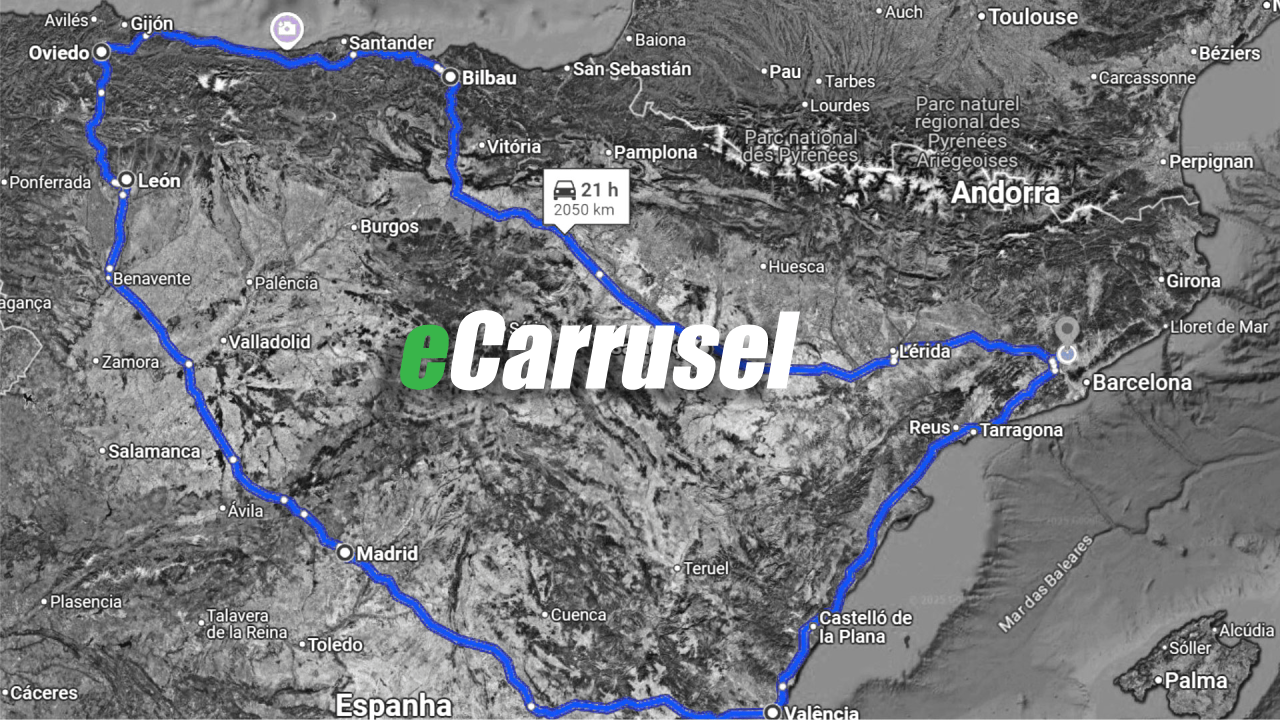The integration of renewable energy and electric vehicle (EV) charging is an emerging trend that promises to revolutionize the transportation and energy sectors. As the world seeks to reduce carbon emissions and combat climate change, - as we can see with the increase of EV sales in 2024 in some European countries - combining renewable energy sources with EV charging infrastructure is a critical step towards sustainability. This article explores the dynamics of this integration, focusing on key aspects such as the development of charging stations, advancements in battery technology, and the broader implications for electric vehicles and the energy grid.
The Need for Integration
The rapid adoption of electric vehicles and the increasing penetration of renewable energy sources like solar and wind power create a unique opportunity for synergy. This integration addresses two primary concerns:
- Reducing Carbon Footprint: By powering EVs with renewable energy, we can significantly reduce greenhouse gas emissions.
- Grid Stability: The combination of renewable energy and EV charging can enhance grid stability through smart charging and energy storage solutions.
Charging Stations: The Nexus of Integration
Charging stations are the critical link between renewable energy sources and electric vehicles. The development of smart, renewable-powered charging stations is essential for the success of this integration.
Types of Charging Stations
- Public Charging Stations: Located in urban areas, highways, and commercial centers, these stations are increasingly being equipped with solar panels and wind turbines.
- Residential Charging Stations: Home chargers can be paired with rooftop solar panels, allowing homeowners to charge their EVs using clean energy.
Workplace Charging Stations: Offices and businesses are installing charging stations powered by on-site renewable energy sources, promoting green commuting.

Technological Advancements
- Smart Charging: Advanced charging stations can optimize charging times based on grid demand and renewable energy availability, reducing strain on the grid.
- Vehicle-to-Grid (V2G) Technology: This allows EVs to feed electricity back into the grid during peak demand, acting as mobile energy storage units.
Battery Technology: The Heart of EVs and Renewable Integration
Batteries are at the core of both electric vehicles and renewable energy systems. - you can learn more about it in our previous article - Advances in battery technology are crucial for efficient integration.
Innovations in Battery Technology
- Solid-State Batteries: These offer higher energy density and faster charging times compared to traditional lithium-ion batteries.
- Second-Life Batteries: Used EV batteries can be repurposed for energy storage in renewable energy systems, extending their useful life.
- Battery Management Systems (BMS): Advanced BMS optimize battery performance and longevity, ensuring reliable energy storage and delivery.
Energy Storage Solutions
Energy storage is vital for managing the intermittent nature of renewable energy. Integrating EV batteries with stationary storage solutions can create a more resilient and flexible energy system.
The Role of Renewable Energy in EV Charging

Renewable energy sources such as solar, wind, and hydro power are becoming increasingly important in the energy mix for EV charging.
Solar Power
- Solar-Powered Charging Stations: These stations are equipped with solar panels that generate electricity on-site, providing a sustainable energy source for EV charging.
- Rooftop Solar for Homes: Homeowners can install rooftop solar panels to generate electricity for both household use and EV charging, reducing dependence on the grid.
Wind Power
- Wind-Powered Charging Stations: Wind turbines can be installed at charging stations or integrated into the grid to supply clean energy for EV charging.
- Offshore Wind Farms: These large-scale projects can provide substantial amounts of renewable energy, supporting extensive EV charging networks.
Hydropower
- Hydroelectric Plants: Hydropower provides a stable and reliable source of renewable energy, which can be used to support EV charging infrastructure.
- Small-Scale Hydro Projects: Community-based hydro projects (numerous in France and Quebec, for example) can generate local renewable energy for EV charging, promoting energy independence.
Challenges and Solutions
While the integration of renewable energy and EV charging presents numerous benefits, it also faces several challenges.
Intermittency of Renewable Energy
- Challenge: Solar and wind power are intermittent, which can lead to fluctuations in energy supply.
- Solution: Combining multiple renewable sources and integrating energy storage solutions can balance supply and demand.

Infrastructure Development
- Challenge: Building the necessary infrastructure for renewable-powered charging stations requires significant investment.
- Solution: Public-private partnerships and government incentives can accelerate infrastructure development.
Grid Integration
- Challenge: Integrating large numbers of EVs and renewable energy sources into the grid can be complex.
- Solution: Smart grid technologies and advanced energy management systems can enhance grid stability and efficiency.
Policy and Regulatory SupportGovernment policies and regulations play a crucial role in promoting the integration of renewable energy and EV charging.
Incentives for Renewable Energy and EVs
- Subsidies and Tax Credits: Financial incentives for installing renewable energy systems and purchasing EVs can drive adoption.
- Regulatory Support: Policies that mandate renewable energy usage and support the development of charging infrastructure are essential.
Standards and Protocols
- Charging Standards: Standardized charging protocols ensure compatibility between different EVs and charging stations.
- Grid Integration Standards: Standards for V2G technology and energy storage systems facilitate seamless integration with the grid.
Examples of Successful Integrations

Examining successful integrations of renewable energy and EV charging can provide valuable insights and best practices.
Tesla Supercharger Network
Tesla's Supercharger network includes many stations powered by solar energy, demonstrating the feasibility of large-scale renewable-powered EV charging.
The Netherlands: EV and Renewable Integration
The Netherlands is a leader in integrating renewable energy with EV charging, with extensive networks of solar and wind-powered charging stations.
California: Clean Energy and EVs
California's aggressive renewable energy targets and extensive EV adoption showcase the potential for a sustainable transportation future.
Future Outlook
The future of renewable energy and EV charging integration looks promising, with continued advancements and widespread adoption on the horizon.
Technological Innovations
- Wireless Charging: Wireless charging technology, powered by renewable energy, could offer a convenient and sustainable charging solution.
- Advanced Energy Management: AI and machine learning algorithms can optimize energy distribution, enhancing the efficiency of renewable-powered charging networks.
- Discover other innovations that will shape the future of EVs
Market Growth
- Global Expansion: As renewable energy costs continue to fall, and EV adoption rises, the integration of these technologies will expand globally.
- New Business Models: Companies will develop innovative business models, such as subscription-based EV charging services powered by renewable energy.
Conclusion
The integration of renewable energy and EV charging represents a critical step towards a sustainable and carbon-neutral future. By leveraging advancements in battery technology, smart charging infrastructure, and supportive policies, we can create a resilient and efficient energy system that supports the widespread adoption of electric vehicles. As we continue to innovate and invest in this integration, the vision of a cleaner, greener future becomes increasingly attainable.









.png)
%20(1).png)




.png)


